By Michael Hergenrather, EAA 816306
This piece originally ran in the August 2025 issue of EAA Sport Aviation magazine.
This Piet was originally built by Marcus D. Moon from the Fort Worth area. First flight was in 1986. I came out of the Air Force then an airline career and was looking for something simple and just fun. This Piet was exactly what I was looking for. Stupid simple and good for nothing except having fun. I purchased the aircraft in 2005. As I tell admirers, “This airplane is good for nut’un except having fun. It doesn’t go very fast, is kind of a slow climber, and can’t fly very far, but you’re having fun every single minute you fly it!”
Marcus patterned this airplane after the original Pietenpol Air Camper but enlarged the fuselage so that normal-sized people could fit. Except for brakes, there is a full set of controls in the front cockpit.
The airplane came with a worn-out A65. I flew it to a lot of weekend gatherings, and with the A65, everyone wanted to help me hand-prop it. That made me real nervous, so I replaced it with an electric start C85. In 2018 I started a restoration that took five winters (summers spent in the mountains!). The wing fabric was replaced a few years before I bought it; however, the fuselage and empennage covering were original Grade A cotton and getting fragile. I am pretty good with mechanical systems and have some woodworking experience but knew nothing about sheet metal or fabric. Getting good advice and being patient got me through my ignorance. For a lot of the restoration, it wasn’t what you know but who you know. I was lucky to have three highly experienced A&P/IA mechanics to advise me along with a well-used AC 43-13.
The fuselage was stripped and completely renovated. All the metal components were sand blasted, inspected for cracks, punched tested for corrosion, and painted. The wooden belly formers were replaced, longeron formers and turtledeck were strengthened and refurbished, and built a small glove box for the front cockpit. All fairly simple woodworking skills.
New sheet metal forward of the rear cockpit and tail fairings were replaced with designs that allowed easy access to the innards. Learning sheet metal work was a challenge, but I had excellent help. Fuselage was covered with Oratex fabric. I chose Oratex because I do not like painting. With Oratex you glue it, shrink it, and you’re done. I couldn’t find anybody locally who had installed Oratex. It requires a different mindset, and as the instructions say, “Forget everything you know about installing polyester.” So I hired a factory-trained installer, Oliver Straten, to help. It was well worth the extra expense. I even covered a lot of the sheet metal with Oratex. The all-wood wing structures were in excellent shape, only requiring some shiny yellow paint. The yellow stars sprinkled along the fuselage are vinyl cut on a Cricut machine. My wonderful wife was helpful when it came to trimming the cockpits.
The engine is maintained as a certified C85, with an electric start using battery only. Engine instruments are electric since it’s easier to run wires to the back than bulky direct reading gauges. The electrical system is powered by a lightweight AGM battery. At low fuel levels there wasn’t much head pressure at the carburetor for a C85. I installed a Faucet electric fuel pump low on the firewall that backs up the engine-driven pump. The mechanical pump is well above a low fuel level at high pitch attitudes. I also installed a fuel shutoff valve at the fuel tank operated from the pilot seat. The exhaust was scratchmade using preformed SS tubing along with the carb heat muff. I added mufflers to each exhaust, which quieted it down some, but it still overpowers any intercom I’ve tried. Maybe a throat mic into an intercom will work?
I didn’t want any external antennas, so the Icom radio is connected to a dipole radio antenna hiding within the right wing. I bonded the antenna to a thin wood strip zip tied to the wing ribs. The 12.6-gallon fuel tank in the boot cowl empties in about two hours at 75 mph. FYI, don’t leave ethanol car gas in a fiberglass tank. The ethanol will eat the resin and — well, you know the rest. A scupper drain around the fuel cap prevents refueling spills from draining into the cockpit.
The original Cub bladder brakes were replaced with Grove wheels and disc brakes, but I kept the Cub-style heel brake master cylinders. I used 8.00-by-6 tires/wheels because it looked cool! An inline parking brake was installed to make things safer if I need to hand-prop the airplane.
I loved the experience and would do it again, maybe a Pober Junior Ace next?
We would love to share your story with your fellow EAA members in the pages of EAA Sport Aviation magazine, even if it’s a project that’s been completed for a while. Readers consistently rate the “What Our Members are Building/Restoring” section of the magazine as one of their favorites, so don’t miss the chance to show off your handiwork and inspire your peers to start or complete projects of their own. Learn more ->






